
5 Awesome Australian Wildlife Adventures Worth Taking
This post is brought to you in partnership with Australian Wildlife Journeys. But our opinions remain our own, and we will never compromise the integrity of our responsible travel mission.
Encompassing 2,966,151 square miles, Australia is the sixth largest country in the world, with 5.2% of the planet’s landmass. The United States is #4, with 6.1%.
But with a total population of just 26,177,413 people in 2022, Australia ranks 210th in terms of population density. By contrast, the U.S. ranks at #161, with 338,289,857 people.
In other words, for such a massive country, the Land Down Under has a remarkable amount of wilderness to explore.
Its diverse ecosystems range from salt marshes and mangroves, coastal floodplains and wetlands, and world-renowned coral reef systems to ancient rainforests, tropical savannas, and even Mediterranean-like areas in the southwest.
Each of these unique regions offers its own extensive array of unique Australian animals, with species that run the gamut from cute and cuddly to brilliantly bizarre to freakishly fearsome (we’re looking at you, Saltwater Crocodile!).
With so much space and so many species to see, immersive Australian wildlife adventures offer visitors a chance to explore the country’s most biodiverse areas in more depth.
From the Daintree Rainforest and Great Barrier Reef of Far North Queensland, to the ancient Aboriginal art and striking landscapes of the Northern Territory, to the incredible islands of Tasmania, each of these ecotourism destinations offers a once-in-a-lifetime experience for nature lovers.
Read on for our guide to some sensational, small group Australian Wildlife Journeys that give visitors unique opportunities to these regions in-depth…
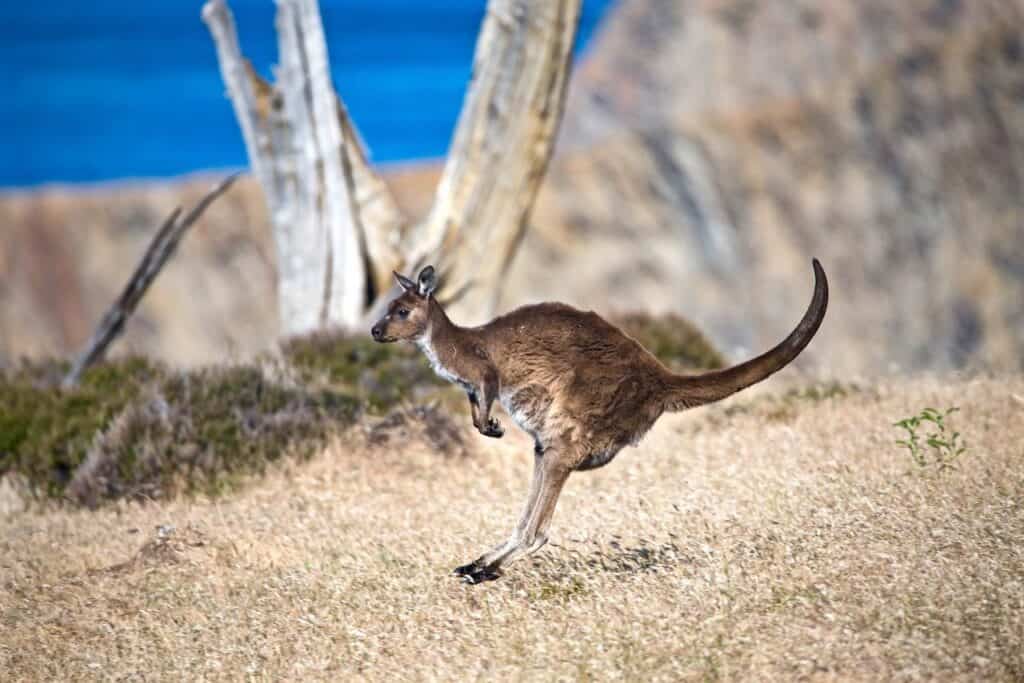
Australian Wildlife Adventures Guide
- Far North Queensland Nature, Wildlife & Conservation Safari
- Kangaroo Island Immersion
- Lake Mungo Outback Journey
- Lords Kakadu & Arnhemland Safaris
- Western Tasmania Wilderness & Wildlife Encounter
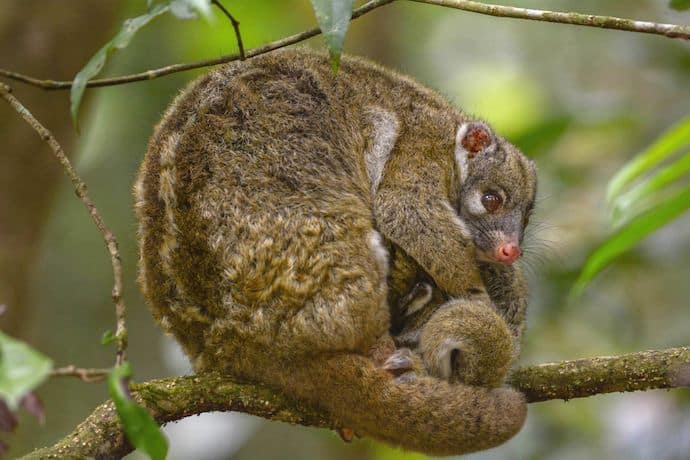
1. Far North Queensland Nature, Wildlife & Conservation Safari
If you’re interested in Australian ecotourism adventures, a trip to Far North Queensland offers exceptional opportunities to explore some of the continent’s most intriguing ecosystems.
The state of Queensland is perhaps best-known as home to Australia’s Great Barrier Reef, the world’s largest coral reef system at approximately 134,634 square miles.
But Queensland is also home to the Daintree Rainforest (one of the biodiverse and biggest forests in the world), Crater Lakes National Park, the beautiful beaches of Cape Tribulation, and the Forever Wild Shared Earth Reserve.
For an immersive experience in Far North Queensland, check out the Nature, Wildlife & Conservation Safari from FNQ Nature Tours, an eco-tour operator that specializes in the region.
Their small group tours are limited to no more than 6 passengers, offering exclusive opportunities for guests to participate in citizen science data collection, wildlife rescue, and wildlife rehabilitation.
The company works in partnership with wildlife NGOs such as the Australian Quoll Conservancy, Tolga Bat Hospital, Wildlife & Raptor Care Queensland, and the Tree Kangaroo Rescue Centre.
Travelers will get to spend time with unsung heroes of the local wildlife conservation community, explore pristine ecosystems, and access the Shared Earth Reserve, with its old growth savannah woodlands, lakes, swamps, and creeks.
From Pademelons and Platypus to Tree Kangaroos, Quolls, and numerous unique species of Australian birds, this 4-day, 3-night trip will get you up close and personal with an outstanding array of Australian wildlife.
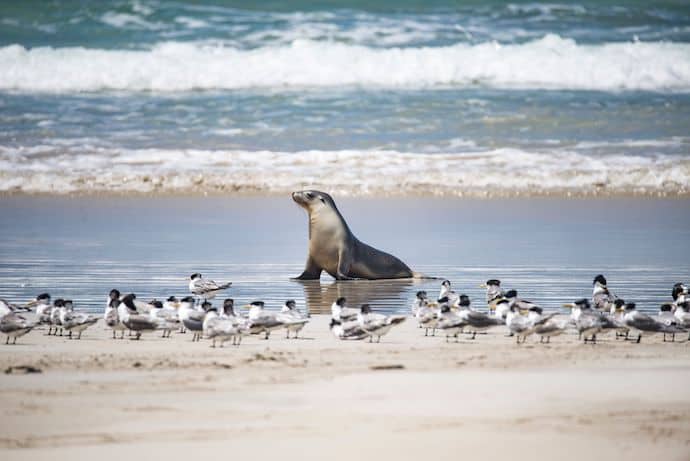
2. Kangaroo Island Immersion
Located 9 miles off the coast of South Australia near the city of Adelaide, Kangaroo Island is Australia’s third-largest Island, covering some 3,400 square miles.
Known for its stunning beaches, fresh air, and big skies, this popular holiday destination is often described as Australia’s answer to the Galapagos Islands, because the wildlife seems incredibly relaxed around human visitors.
Nearly 80% of the world’s remaining Australian Sea Lions call this region of South Australia home. But you’re also likely to see Kangaroos, Little Penguins, Tammar Wallabies, Echidnas, Koalas, marine life, and countless birds.
Taking a 4-day tour with the locally owned Exceptional Kangaroo Island offers an impressive immersion in the island’s diverse flora and fauna.
Guests will explore wildlife-rich areas including the American River, Cygnet Valley, Emu Bay, Flinders Chase National Park, Pelican Lagoon, and Pennington Bay.
A visit to the dynamic landscapes of Seal Bay Conservation Park will give you a chance to walk on a beach typically filled with Australian Sea Lions (an incredible experience akin to Gardner Bay, one of the best beaches in the Galapagos).
Limited to a maximum of 10 passengers, the small group tour will also include geological wonders such as Remarkable Rocks and Admirals Arch, visiting farms and wineries in the Cygnet River farming region, and stunning views of Pennington Bay from the historic Cape Willoughby Lighthouse.
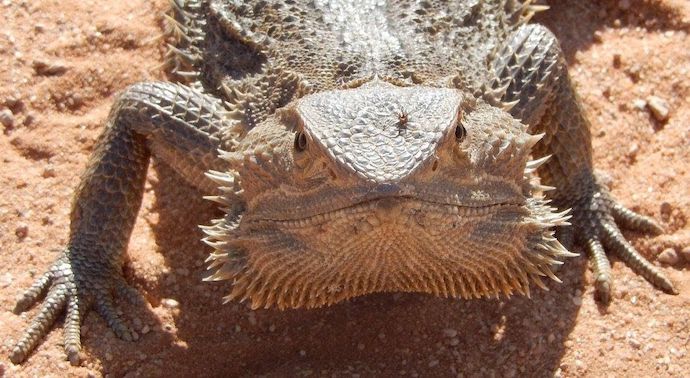
3. Lake Mungo Outback Journey
Although not as well-known to American travelers as the Great Barrier Reef or Daintree Rainforest, the Willandra Lakes Region is a UNESCO World Heritage Site located in the Far West region of New South Wales, Australia.
The semi-arid area includes the famous Murray and Darling Rivers, as well as the dry Lake Mungo, which is the centerpiece of the 428-square-mile Mungo National Park.
But the region is best-known for its archaeological significance, with research showing that the area around Lake Mungo has been occupied by Australia’s Aboriginal people for more than 50,000 years.
The most significant discoveries of Lake Mungo digs were referred to as “Mungo Man,” the oldest human remains ever found in Australia, and “Mungo Woman,” the oldest human remains in the world to be ritually cremated.
A private 4-day/3-night Mungo Outback Journey with Echidna Walkabout Nature Tours is a great way to explore this ancient area’s red sand plains, dunes, and rivers in-depth.
This Outback adventure includes a chance to spot Parrots, Cockatoos, and other birds at the juncture of two great rivers; watch for Kangaroos while learning how the Willandra Lakes System dried out over thousands of years; and see exposed examples of unusual or extinct fauna.
You’ll also get a chance to participate in “Citizen Science” conservation efforts, helping to record all the species of birds, reptiles, mammals and other wildlife you encounter along the journey.
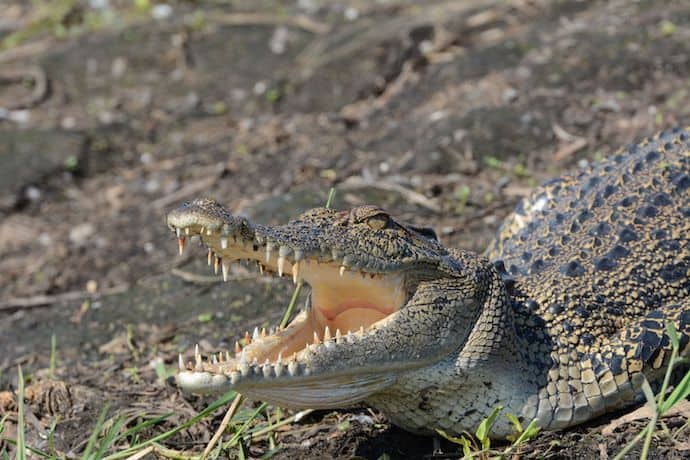
4. Lords Kakadu & Arnhemland Safaris
Located in Australia’s Northern Territory, the Kakadu National Park is a massive, biodiverse nature reserve that encompasses 7,651 square miles of sandstone escarpments, rivers, and wetlands.
The national park is home to approximately 10,000 insect species, 2,000 plant species, 280 bird species, 117 species of reptiles, 60 different mammals, and more than 50 freshwater species (including Saltwater Crocodiles).
But the park is also fascinating for its ancient archaeological sites, which feature Aboriginal rock paintings dating to prehistoric times at sites such as Nourlangie, Nanguluwur, and Ubirr.
Kakadu’s remarkable rock art documents Indigenous creation stories and records the way of life of Australia’s original people over tens of thousands of years. (one of the longest historical records of any group of people in the world).
Lords Kakadu & Arnhemland Safaris offers a 6-day/5-night Ultimate Luxury Safari Adventure that includes highlights such as a visit to Fogg Dam, airboat rides across the Mary River Catchment, and the iconic Yellow Water Cruise.
Animal lovers will have a chance to spot myriad species of Australian wildlife, such as Dingos, Goannas, Pythons, Quolls, Wallabies, Wallaroos, and the fearsome Saltwater Crocodile. You’ll also see lots of waterbirds along the way!
Guests will also get the chance to explore the area’s ancient Aboriginal history, including the rock art galleries at Injalak and the sacred sites at Mt Borradaile.

5. Western Tasmania Wilderness & Wildlife Encounter
Located 150 miles south of the Australian mainland, Tasmania is the 26th largest island in the world, with a total land area of 26,410 square miles.
Tasmania is a major ecotourism destination, with around 42% of its land area protected in some form of reserve. The island is home to 19 Australian National Parks (many of which are also UNESCO World Heritage Sites).
As such, the island offers a considerable amount of wilderness for visitors to explore, not to mention a 40,000-year history of Aboriginal inhabitation before the first British colonizers arrived.
Premier Travel Tasmania‘s 9-day/8-night Western Tasmania Wilderness & Wildlife Encounter itinerary offers visitors an in-depth immersion that covers both the Eastern and Western sides of the island.
The tour hits many of the most iconic places to visit in Tasmania, including the UNESCO-listed Bay of Fires, Cradle Mountain National Park, Freycinet Peninsula, Lake St Clair, and Strahan & Mt Field National Park.
Other highlights of the tour include the alpine regions and quaint fishing villages on the west coast, and eucalyptus forests, dynamic coastlines, and Maria Island (home to countless Tasmanian Devils) on the east coast.
Wildlife wonders you might catch a glimpse of along the way include Bennett’s Wallabies, Common Wombats, Forester Kangaroos, Platypus, Quolls, Short-beaked Echidnas, Tasmanian Pademelons, Yellow Wattlebirds, and more! –by Bret Love; lead image of Spotted Quoll courtesy of FNQ Nature Tours
